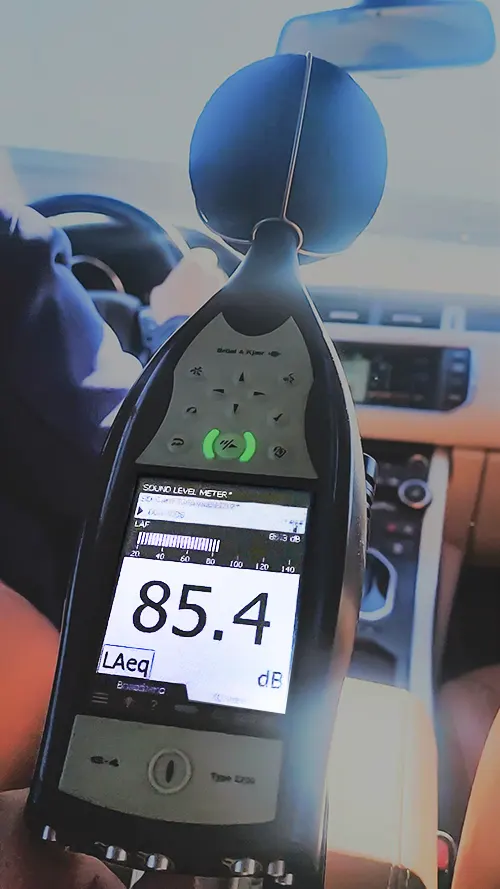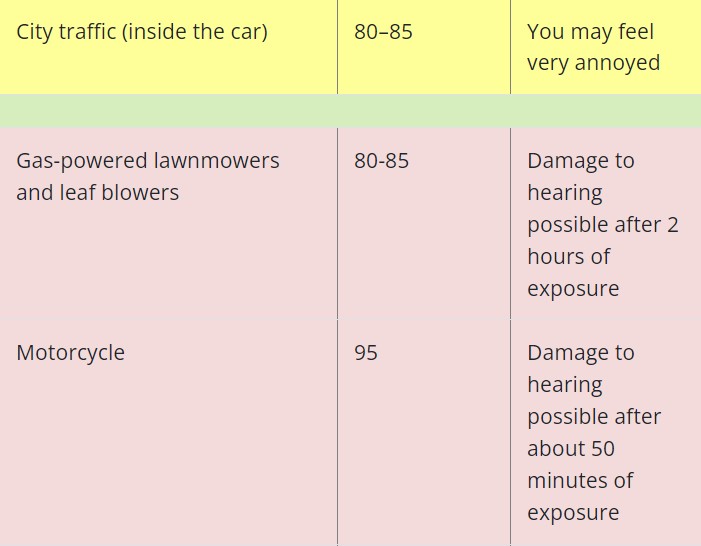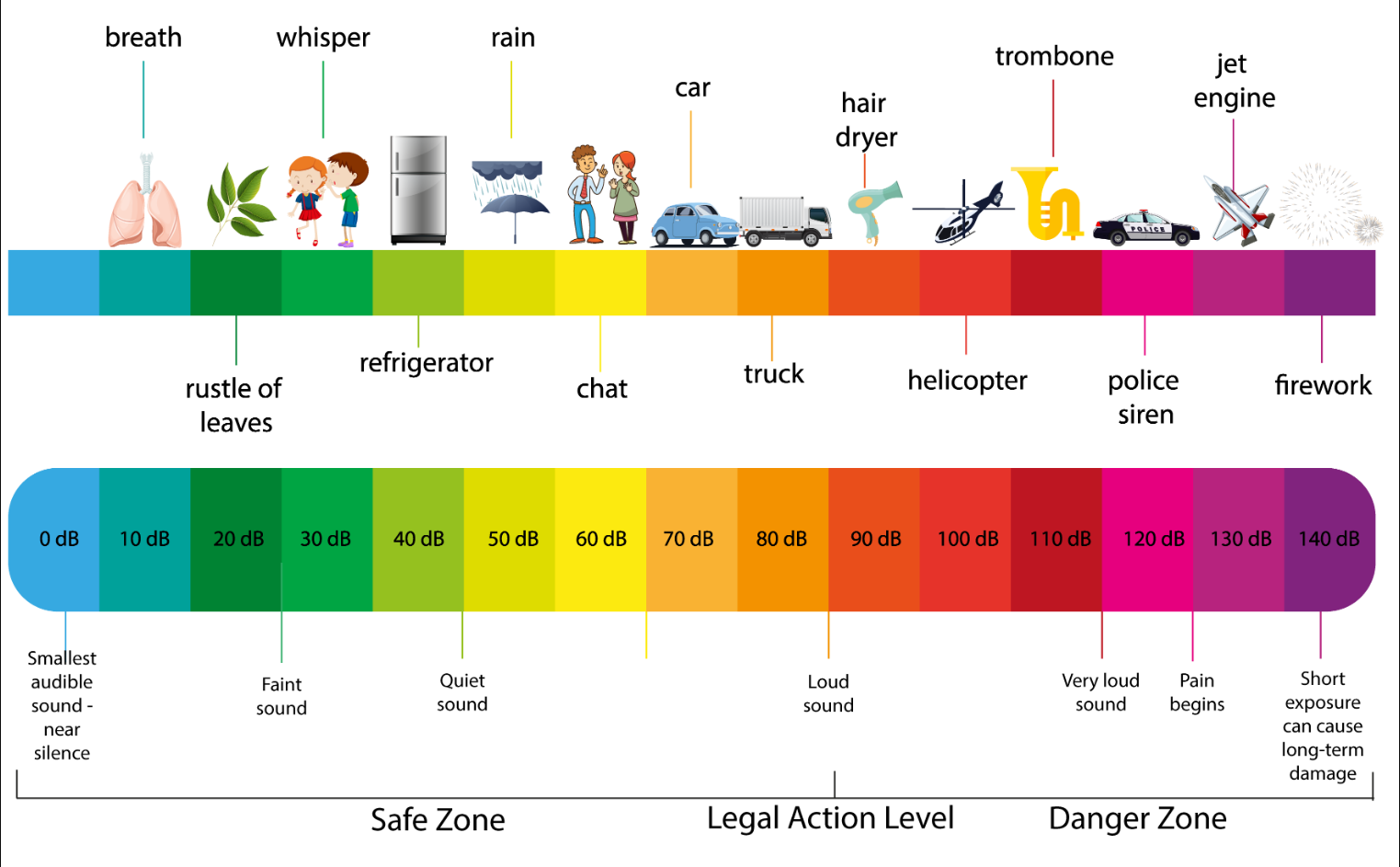
NMS Awarded Honolulu Rail Transit Project Noise Monitoring
March 12, 2022
Battery Energy Storage System (BESS) Noise Challenges and Solutions
March 14, 2024I was at home listening to some music on my headphones when it occurred to me that the balance of the music didn’t sound right between the left and right side. I flipped the headphones over and discovered that the music sounded louder in my right ear compared to my left ear. I started to wonder if I was experiencing hearing loss and tried to pinpoint what could be damaging my hearing. I had played in many very loud rock bands over the years often standing next to the drums (one of the loudest elements in the ensemble) but I generally wear hearing protection in those situations.
I thought about what other routine exposure to loud noise I am subjecting myself to. Traffic came to mind. I commute daily through noisy streets to the freeway and because the weather is nice, I usually have my windows down. My favorite pick me up is a good song so the stereo is usually cranked up loud enough to get past the sound of other cars trucks, and wind. As it turns out, the headphone jack was loose and causing the imbalance in the audio signal that I was hearing and mercifully after some tinkering with the aux cord everything sounded fine. However, as someone who works in sound and in music the concern lingered.
A diesel truck accelerating next to you on the road could reach 114 dB. A car horn weighs in at 110 dB. The siren of an ambulance has been measured at 112 dB. When adding all these sounds together with other vehicles, wind and loud music, it’s hard not to see the freeways threat of damaging your ears as real. But how real?

I brought it up with Tom here at Noise Monitoring services and we decided to investigate and get an idea what noise levels are at play while driving a car on the highway with the windows down and the tunes cranked up - as I often enjoyed doing…
We went for a ride in the Range Rover with our trusty B&K 2250 sound level meter and measured the sound levels of a few different scenarios on a typical So Cal afternoon. Here’s a short video of our trip and a table showing our findings.

|
Driving Conditions |
Measured Sound Level |
|
30 mph windows up |
62 dBA |
|
30 mph windows down |
68 dBA |
|
65 mph windows up |
72 dBA |
|
65 mph windows down |
81 dBA |
|
65 mph windows down, music up |
85 dBA |
According to the WHO, (not the destructively loud rock band but the World Health Organization) to avoid hearing impairment exposure to average sound levels up to 70 decibels should not exceed 24 hours. Exposure 85dB average sound levels should not exceed 1 hour. OSHA (Occupational Safety and Health Organization) provisions however, limits employee exposure time to 8 hours a day for average sound levels of 90 dB with an action level of 85 dB. It is stated that ear protection should be worn and must be made available by an employer for employees subjected to noise levels greater than 85 dB for 8-hour periods making 85dB the “action level”. OSHA also states that 50% reduction of time exposure for every 5 dB increase in sound pressure levels must be maintained legally. for example if exposure to average sound levels of 90 dB is 8 hours exposure to 95 dB should be limited to a maximum of 4 hours.
The CDC (Center for Disease Control and Prevention) has posted that by their estimation 80 to 85 dB average sound levels can damage your hearing after 2 hours of exposure time.
The European Agency for Safety and Health at work has set a limit of 87 dB with an action level of 80 dB.
These images are taken from the linked pages for quick reference.


Our measured noise levels show that safety measures would have to be taken if a worker were to be exposed to the same average sound levels as created in the worst case scenario of our experiment.
As you can see there is some debate over the details of averaged noise levels and time exposure. Everyone is different but the affects of hearing loss are real.
If you’re not stuck in traffic doing 20 mph on the 5, you’re probably doing closer to 80mph aren’t you? We didn’t test above the speed limit, but chances are you are 85+ dB and more likely 90 to 95 dB noise exposure at 80+ mph. And while that seems to be acceptable for a short drive, according to our results the worst-case scenario of our test shows that we are subjecting ourselves to noise levels that can damage our ears. While driving at highway speeds it’s best to keep the windows up and the music down. Be careful out there and have a rockin’ day. - Niko
PS: for more information on how noise exposure affects our health, click here.



